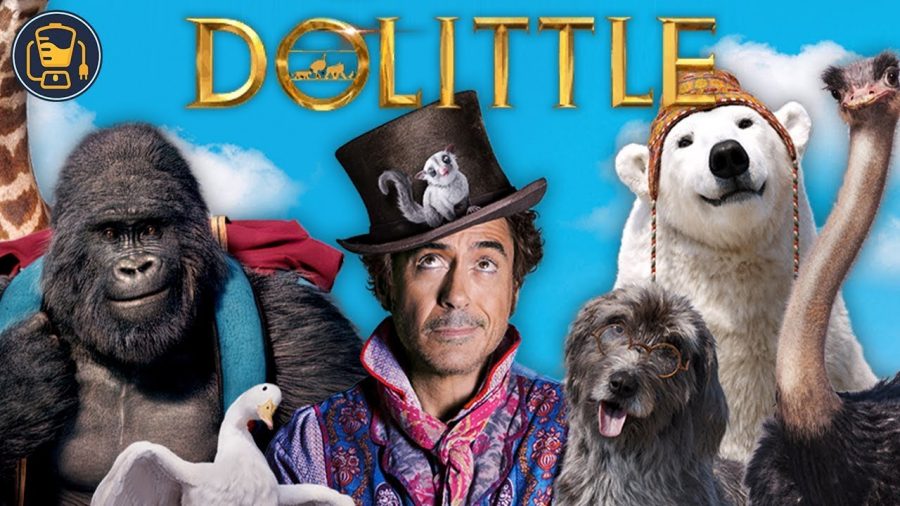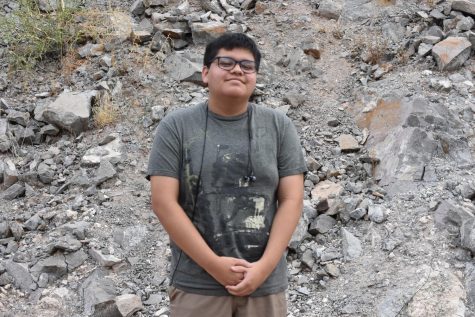Dolittle leaves fans bored and confused
January 22, 2020
“Dolittle” is not a film. “Dolittle” is a crime scene in need of forensic analysis. Watching the film doesn’t tell the whole story, because it doesn’t behave like the usual errant vision, which might be chalked up to a bunch of different reasons. This one has been stabbed multiple times, and only a thorough behind-the-scenes examination could sort out whose fingerprints are on what hilt.
The credited director of “Dolittle” is Stephen Gaghan, who won an Oscar for scripting “Traffic” and wrote and directed the oil thriller “Syriana” — an odd résumé for a children’s film to say the least. After poor test screenings, the film’s release date was pushed from spring of 2019 to January of 2020, and it underwent extensive reshoots under director Jonathan Liebesman (“Teenage Mutant Ninja Turtles”) and writer Chris McKay (“The Lego Batman Movie”), who reportedly punched up the script. During that same period, the name of the film changed from “The Voyage of Doctor Dolittle”, referencing the second book in Hugh Lofting’s series about an eccentric animal doctor, to simply “Dolittle”, stripped even of the honorarium.
You do not need a brain to understand why a film works or not, but “Dolittle” is so incoherent that it can’t be unpacked on its own. Certain baseline elements of a professional Hollywood production — this one budgeted upwards of $175 million — are simply not present here: The filmmakers have been stymied by the technical challenge of having human actors interact with CGI animals, so eyelines don’t meet and the editing within scenes lacks continuity. Robert Downey Jr. is off mumbling incoherently in one part of the frame, an all-star voice cast is making wisecracks as a polar bear or an ostrich or a squirrel in another, and only occasionally do they look like they’re on speaking terms.
Lofting’s books have inspired multiple Dolittles on screen, notably Rex Harrison in Richard Fleischer’s 1967 adaptation and Eddie Murphy in the 1998 version, which was spun off into one sequel with Murphy and three more without him. None of the films have been good, but at least they knew what they were, which is how the ’67 “Doctor Dolittle” earned an absurd best picture nomination and why a PG-rated Murphy scored with young children. Gaghan’s “Dolittle” aspires to be a more sophisticated, visually lush adventure, but winds up leaning on disconnected one-liners by recognized voices, such as Rami Malek as the gorilla, Kumail Nanjiani as the ostrich, and Ralph Fiennes as the tiger.
This creative battle over “Dolittle” pulls it in two directions at once and contributes to a display of massive confusion that’s unique to expensive comedies that don’t work, such as “1941” or “The Adventures of Pluto Nash”. There’s also Downey’s utterly charmless performance as Dolittle, a combination of desperate improvisation and a Welsh accent that sounds pushed through a mouthful of marbles and indifference. However, that’s still not enough to account for the film’s failures, which are more about the nuts and bolts of putting images together to tell a story. Even after 120 years of cinema, it’s still possible to get the basics wrong.



